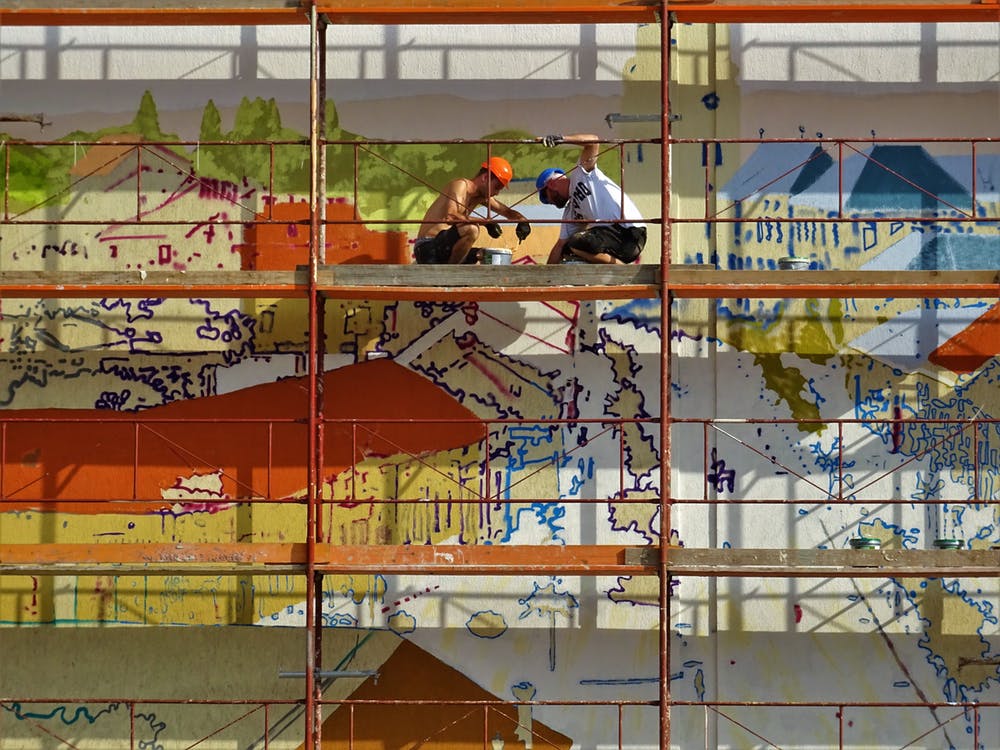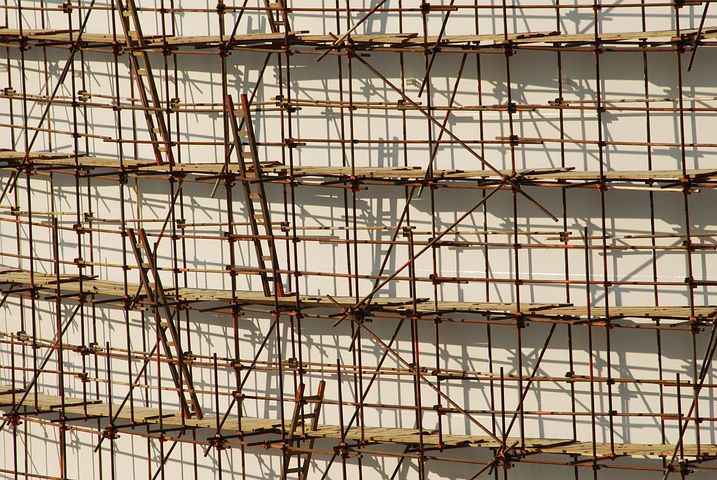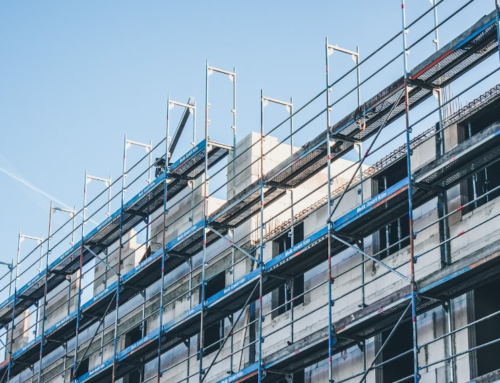Painters remain one of the most popular clients when it comes to leveraging scaffoldings for commercial use.
From the modest sole contractors who work off their own agenda to small and larger teams who execute major operations for their clientele, these specialists require assistance with their support to get the job done right.
For those painters who want to secure a design that fits the bill and offers a quality return on investment, it is necessary to be diligent with the selection process.
Why waste valuable time and money opting for a cheap structure that requires an immediate upgrade?
1) Create a Budget
Depending on the size of the business, there will be different scaffoldings for commercial use made available to painters across the market. Fortunately, those practitioners who are limited with their spending can acquire a unit for hire, allowing them to control their output without being committed to a long-term purchase. By scouring the market and reading the available designs that are showcased to the community, participants can set their financial parameters accordingly, engaging a utility that can be classified as tax-deductible.
2) Understanding Technical Expertise Level
From the system to the supported and suspended scaffoldings that are available to painters, it is important to consider the technical expertise of the client before making an investment decision. The more intricate the utility, the higher the level of qualifications and the more resources that are needed to use the system. This is where shoppers have to adjust their expectations accordingly, tapping into a design that is fitted to their accreditation level and industry experience.
3) Purchasing or Hiring From Trusted Suppliers
Enjoying peace of mind with scaffoldings will revolve around the quality of the brand and how well they perform during project conditions. This can only be achieved when painters source materials from businesses that have a first-class track record, helping to develop, manufacture, produce and sell stock that is up to code. By taking note of their online performance and the referrals from other industry specialists in the painting field, it will be easy to establish who meets this criteria.
4) Assessing Domestic Terrain Requirements
There is no question that the nature of the terrain will play a role for painters who want access to these designs. From concrete slabs to hardwood patios, natural lawns, soils and clay, adapting this utility to the right surface remains a key consideration. Of course this can change from project to project, so customers for scaffoldings should leverage materials that can work across the spectrum without collapsing.
5) Checking Safety Provisions
Painters can never be too safe with the introduction of scaffoldings and this is why they need to acquire utilities that enjoy the right degree of safety provisions. This will be demonstrated through inspection tags, toolbox inclusions, harness connection points and appropriate base plates. Falling from these structures remains a health and safety hazard that has to be addressed with these elements.
6) Ease of Use

For many painters who work as sole contractors and move from one location to the next over a given week, they want to be able to use scaffoldings that are easy to maneuver, to erect and dismantle. System scaffold brands offer operators the chance to pick and pack these goods in their vehicle without much logistical interruption.
7) Repair & Maintenance Assistance
Issues will happen from time to time with scaffold outlets. Rather than allowing that frustration to diminish from the benefits of the application, it is worthwhile for painters to invest in suppliers who extend repair and maintenance assistance. Take careful note of the terms and conditions to ensure that these components are put in place for real long-term value to be enjoyed.


